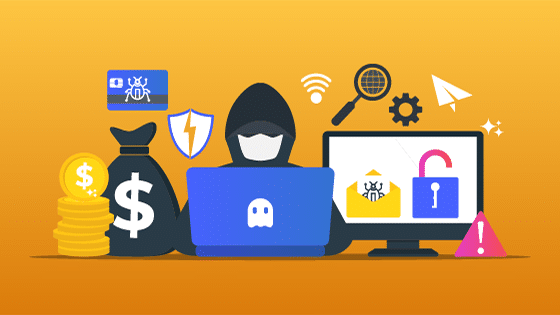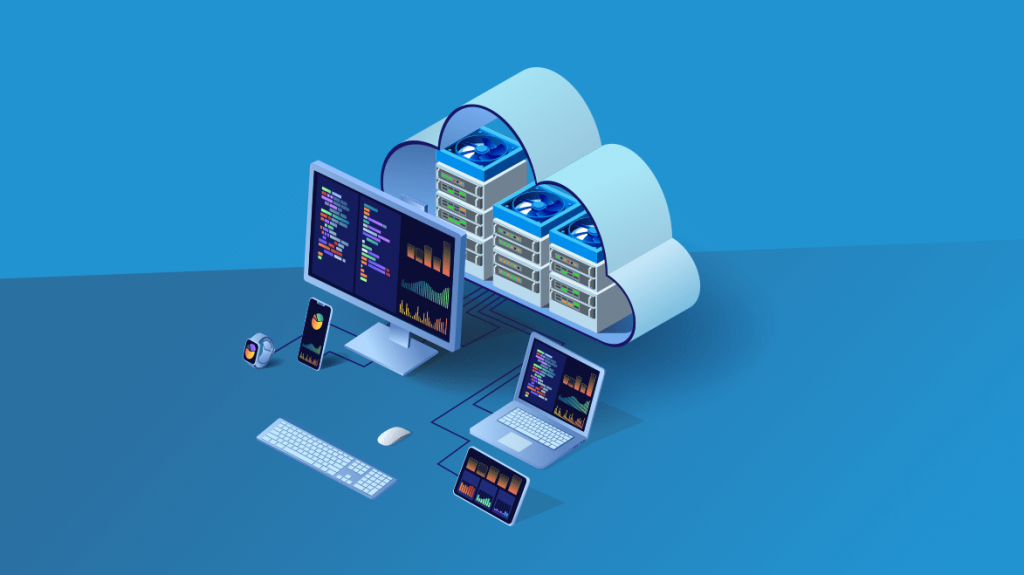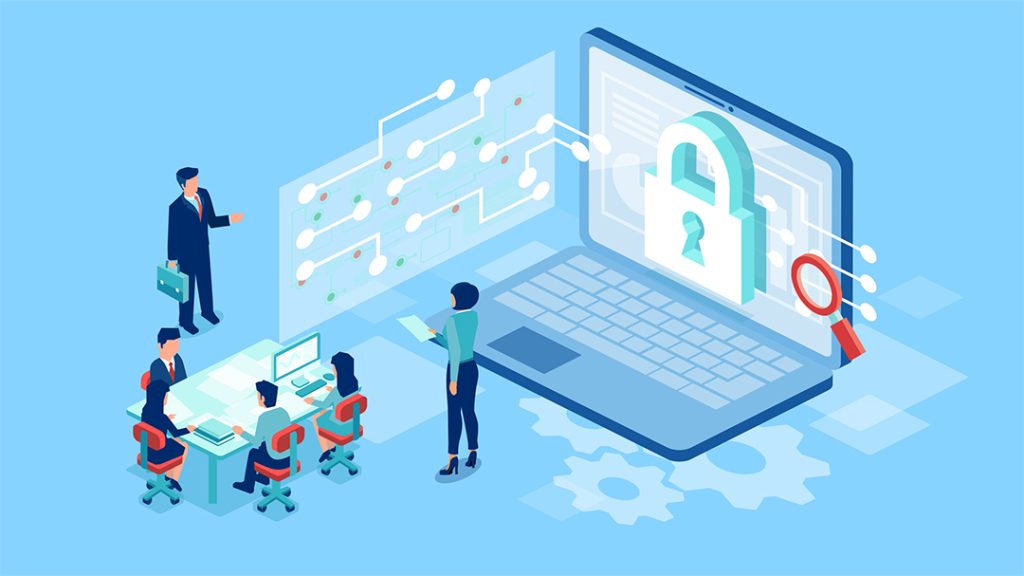Ransomware is a dangerous and growing threat. Find out how security-minded executives establish best-in-class protection.
2019 has proven to be an alarming year for cybersecurity professionals and cyber-attacks show no signs of slowing down in 2020.
One cybersecurity firm characterized the rapidly growing pace of cyberthreats across all industries as an “unprecedented and unrelenting barrage”. Within 24 hours of its report, the City of New Orleans and several other municipal organizations fell victim to ransomware attacks.
But it’s not just large-scale enterprises and public institutions that are under attack. Small and mid-sized businesses offer low-hanging fruit for opportunistic cyber criminals, who often use automation to widen their area of attack.
Small businesses, large enterprises, and public institutions alike have all struggled to respond decisively to the ransomware threat. Until recently, executives had few options – and fewer defenses – in their fight against cybercrime. Now, Desktop as a Service (DaaS) solutions offer comprehensive, scalable ransomware protection services to organizations of all sizes.
What Exactly is Ransomware and How Does It Work?

There are several ways for a cyber intruder to take over your computer system without your knowledge. You won’t know about it until it’s too late.
The typical ransomware attack begins with the stealthy takeover of the victim’s computer. This may be accomplished through phishing, social engineering, or a sophisticated zero-day exploit – the goal is to have access to the network while remaining undetected.
Upon compromising the network, the cybercriminal can begin slowly encrypting important files. Most ransomware applications do this automatically, using a variety of different methods to evade detection. The process may take days, weeks, or months to complete.
Once the ransomware encryption algorithm reaches critical mass, it then locks users out of the network, displaying a ransom note demanding payment for a decryption key. Sometimes the demand is small – on the order of $500 to $1000 – and sometimes the demand reaches into six-figure sums.

Ransom demands are usually for bitcoins. “If one organization is willing to pay $500,000, the next may be willing to pay $600,000.”
Small sums make paying the ransom a tempting option, but a dangerous one. There is no guarantee that the cyber attacker will relinquish control of the network. Instead, executives who pay up reinforce the cybercriminal profit cycle. It is only a matter of time before the ransomware attacker strikes again.
Famous examples of ransomware variants include WannaCry, which spread to over 230,000 computers across 150 countries in 2017, and Petya. The WannaCry crisis targeted healthcare clinics and hospitals, causing untold damage and highlighted the risk that outdated IT systems represent in these industries.
Petya was unique because it did not encrypt specific files. Instead, it encrypted the local hard drive’s Master File Table, rendering the entire device unusable. There are dozens of other variants out there, and each one uses a unique strategy to take advantage of victims. NotPetya developed on Petya’s attack method, using the same vulnerability previously exploited by WannaCry.
Who Is At Risk of Ransomware Attacks?

Emsisoft reports that during the first half of 2019, 491 healthcare providers were hit with ransomware. The attacks are increasing and the demands are for larger ransoms.
Everyone. Although high-profile targets like hospitals and municipal institutions make headlines, thousands of business owners are defrauded every day. On average, one business falls victim to ransomware every 14 seconds.
Small and mid-sized businesses are especially vulnerable because they typically do not have access to the kind of comprehensive security resources that large enterprises can afford. Small businesses that do not rely on reputable third-party managed service providers make especially easy targets.
Cybercriminals have shown that they are willing to target hospitals and public institutions without shame. The greater the need for functioning IT systems is, the more likely the cybercriminals are to get paid. This is how the cybercrime profit cycle perpetuates itself.
What Can Small and Mid-sized Businesses Do About Ransomware?
Organizations caught unprepared have few options. Although cybersecurity experts correctly warn against paying the ransom, desperate business owners often pay anyways. But the relief is only temporary. 60% of small and mid-sized businesses victimized by cybercriminals do not recover and shut down within six months.
Preparation is key to successfully resisting a ransomware attack. Organizations that cannot afford to develop, implement, and deploy state-of-the-art security resources need to contract a reputable third-party vendor for the purpose.
Even enterprise-level organizations with tens of thousands of employees often find themselves opting for a managed solution instead of an in-house one. The cybersecurity industry is experiencing a widening talent shortage, making it difficult even for deep-pocketed businesses to hold on to their best security officers.
Introducing IronOrbit: Comprehensive Ransomware Protection
IronOrbit achieves best-in-class ransomware protection through a unique approach to cloud desktop hosting. Three key processes must work together flawlessly to guarantee ransomware resilience:
1. Prevention
The best way to prevent a ransomware attack from taking place is preventing the initial malware deployment. Firewalls, email filters, content filters, and constant patch management all play a critical role in keeping malicious code out of DaaS systems.
Maintaining up-to-date software is more important than most executives and employees realize. Since NotPetya used the same attack vector as WannaCry, its victims entirely consisted of individuals and businesses who neglected to install security patches after the WannaCry crisis.
2. Recovery
There is no way to guarantee 100% prevention. However, business owners and their IT teams can circumvent the damage ransomware causes with consistent backup and restoration tools. IronOrbit’s disaster recovery features can wind back the clock, reloading your entire suite of business systems to the state they were in just before the attack occurred.
3. Remediation
Ransomware recovery cannot guarantee business continuity on its own without best-in-class remediation tools. Without the ability to trace the attack to its source in a fully logged environment, there is no way to tell whether the attack has been truly averted or not. IronOrbit uses state-of-the-art digital investigation tools to track ransomware attacks to their source and mitigate them.
Schedule a Consultation with an IronOrbit Security Expert
IronOrbit has helped numerous businesses capitalize on the efficiency and peace of mind that secure DaaS solutions offer. Protect your business from the threat of ransomware with the help of our expertise and knowledge.







